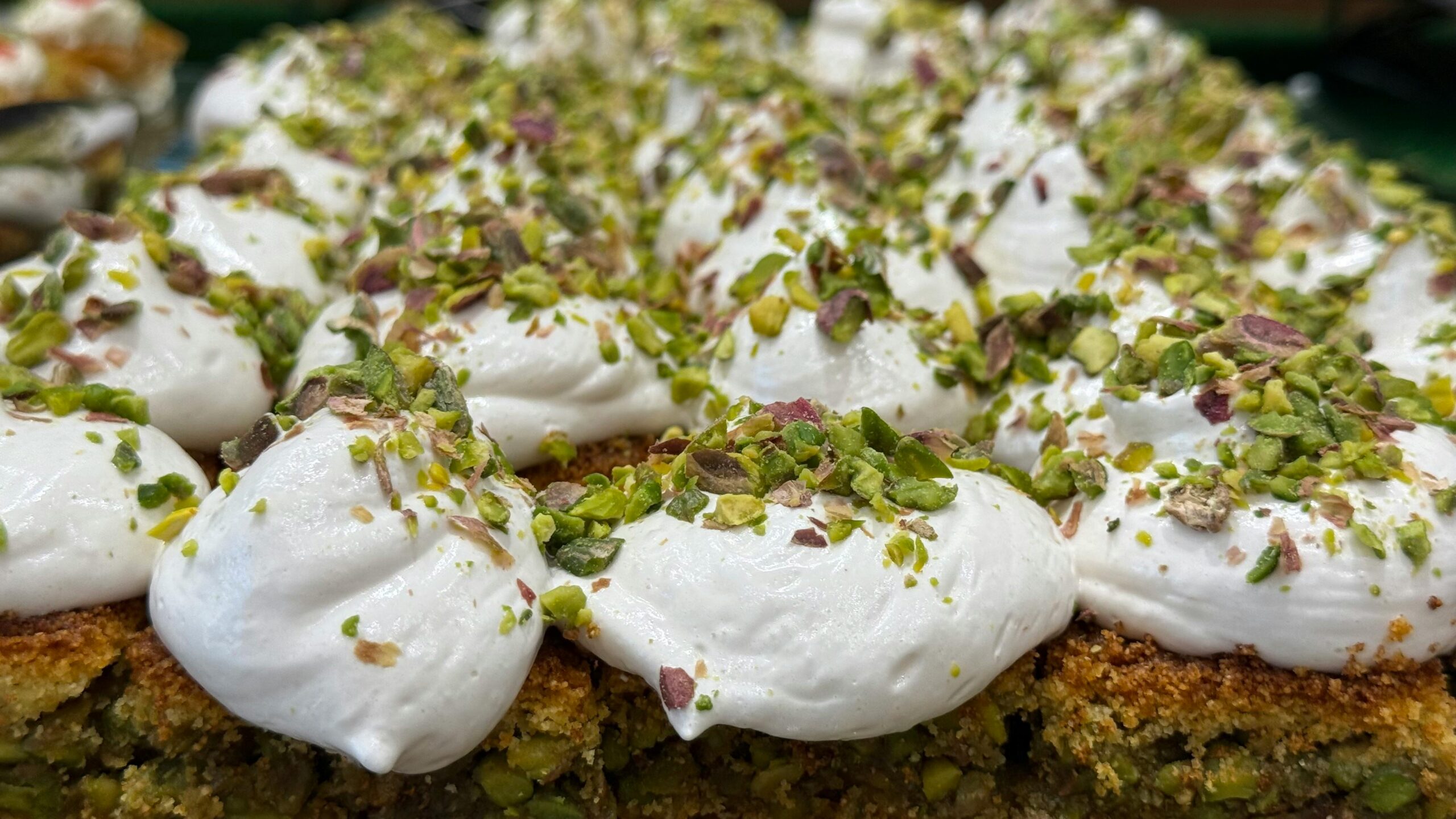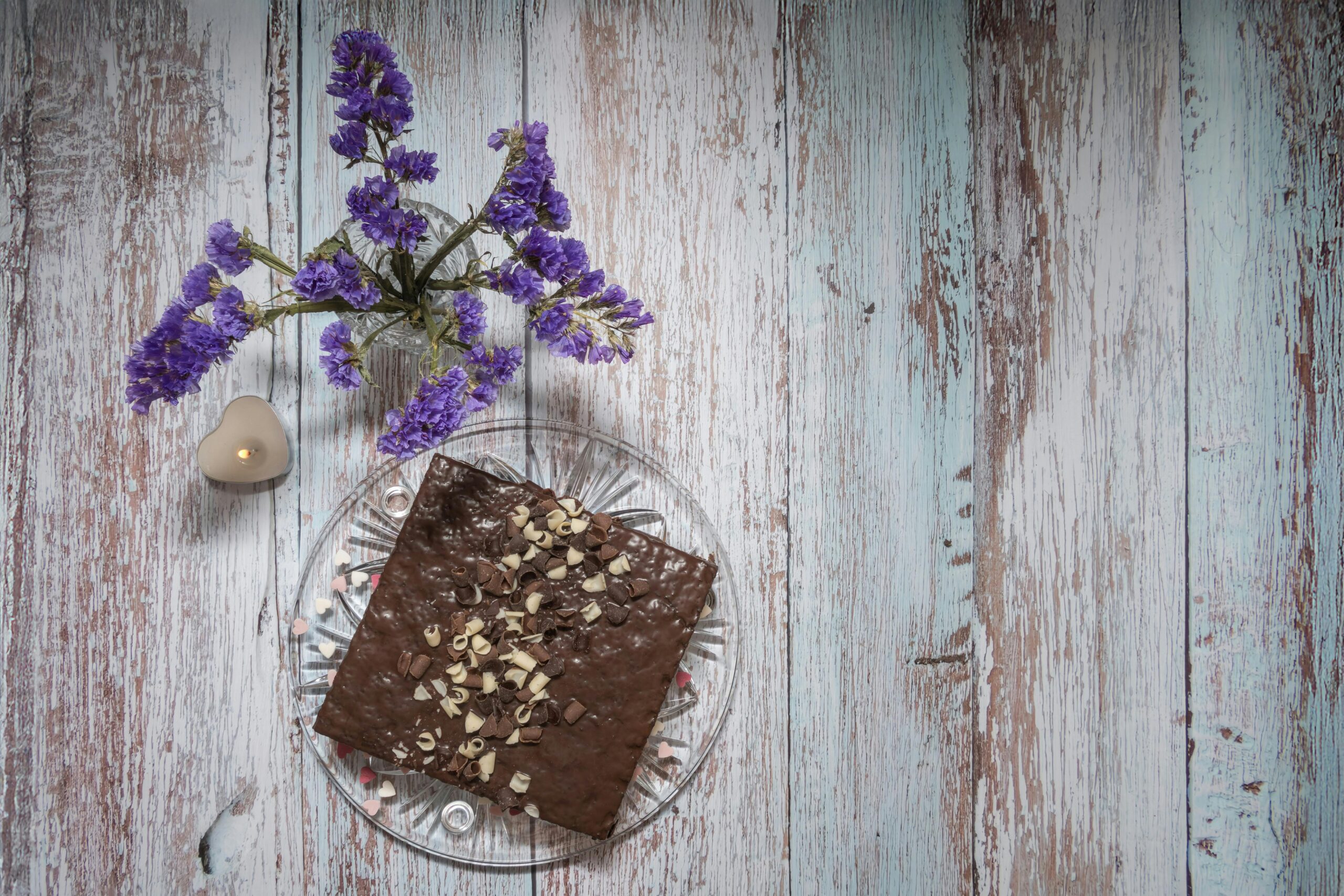Are French Desserts Sweet? A Deep Dive into French Pastry Culture
Are French Desserts Sweet? A Deep Dive into French Pastry Culture
French desserts are synonymous with elegance, indulgence, and sophistication. But are they always as sweet as they seem? If you’ve ever wondered about the level of sweetness in French pastries, you’re not alone! Unlike the sugar-heavy desserts found in some parts of the world, French sweets strike a delicate balance between richness and flavor.
In this article, we’ll explore whether French desserts are truly sweet, the role of sugar in traditional pastries, and why French patisserie stands out worldwide. Whether you’re a tourist discovering France, a food lover with a sweet tooth, or a history buff curious about European confections, this guide is for you! 🇫🇷🍰
- The Philosophy of French Desserts
Unlike many desserts from North America or the Middle East, which tend to be intensely sweet, French desserts focus on balance. They are rich in flavor, often featuring butter, cream, and fresh ingredients, but they avoid overwhelming the palate with sugar.
🔹 Key Principles of French Pâtisserie:
- Subtle Sweetness: Sugar is used to enhance flavors, not dominate them.
- Emphasis on Texture: Many desserts feature flaky, creamy, or airy textures that provide complexity.
- Quality Ingredients: French pastries often rely on premium butter, fresh fruits, and high-quality chocolate rather than excessive sugar.
This approach ensures that each bite is an experience, not just a sugar rush.
- The Sweetness Scale: Comparing French Desserts to Other Cultures
To better understand the sweetness of French desserts, let’s compare them to other popular confections around the world:
Dessert Type | Sweetness Level (1-10) | Typical Ingredients |
American Cakes | 9 | Sugar, butter, frosting, cream |
Middle Eastern Baklava | 10 | Honey, nuts, syrup |
Italian Tiramisu | 7 | Mascarpone, coffee, cocoa, sugar |
Japanese Mochi | 5 | Rice flour, sweet bean paste |
French Macaron | 6 | Almond flour, meringue, buttercream |
French Crème Brûlée | 5 | Egg yolks, cream, caramelized sugar |
French Mille-Feuille | 5 | Puff pastry, pastry cream, icing |
As seen above, French desserts tend to range between 5-7 on the sweetness scale, making them more balanced compared to ultra-sweet options like American cakes or Middle Eastern pastries.
- Are All French Desserts Sweet? Exploring the Variations
While France is famous for its pastries, not all French desserts are sugary. Many have a subtle sweetness or even lean toward savory elements.
Lightly Sweetened French Desserts:
✅ Tarte Tatin – A caramelized upside-down apple tart with a buttery crust, often served with unsweetened cream.
✅ Clafoutis – A rustic baked custard with fresh fruit, relying on the natural sweetness of cherries or berries.
✅ Canelé – A Bordeaux specialty with a caramelized crust and soft vanilla-rum custard interior, only mildly sweet.
Richer, Sweeter French Desserts:
🍫 Macarons – Colorful almond meringue cookies filled with buttercream, ganache, or jam, offering a delightful balance of sweetness.
🍰 Opera Cake – A layered coffee and chocolate cake that is richer but not overly sugary.
🥐 Pain au Chocolat – A buttery pastry with a chocolate center, more about richness than sugar content.
- The Secret Behind the Balanced Sweetness of French Pastries
So, what’s the secret? How do French chefs create desserts that feel indulgent without being overpoweringly sweet?
1️⃣ The Role of Natural Sweetness
Instead of excessive sugar, French pastries often highlight the natural sweetness of fruits, nuts, and dairy. For example:
- Lemon tarts use fresh citrus to provide natural acidity and balance.
- Fruit-based tarts (like tarte aux fraises) rely on ripe, juicy berries instead of artificial sweeteners.
- Chocolate-based desserts use high-quality cocoa, which offers deep flavors without needing too much sugar.
2️⃣ The Power of Butter and Cream
French pastries often use real butter and fresh cream for richness. This enhances the flavor, meaning they don’t need excessive sugar to taste delicious.
3️⃣ Technique Over Sugar
Unlike American-style desserts that rely on thick frostings and heavy syrups, French pastry chefs focus on precision baking techniques to achieve satisfying flavors with fewer sweeteners.
- French Desserts You Must Try – Based on Your Sweetness Preference!
If you prefer desserts that are lightly sweet, try: ✔️ Crème Brûlée – A smooth custard with a caramelized sugar topping.
✔️ Canelé – A chewy, rum-infused pastry with a golden crust.
✔️ Chausson aux Pommes – A flaky apple turnover with a natural fruit flavor.
If you love sweeter desserts, go for: ✔️ Macarons – The perfect bite-sized treat with buttercream filling.
✔️ Mille-Feuille – A multi-layered pastry with rich vanilla cream.
✔️ Éclair au Chocolat – A choux pastry filled with chocolate cream and topped with ganache.
Final Verdict: Are French Desserts Sweet?
The answer is yes—but in a balanced and refined way! French desserts are designed to be flavorful, elegant, and not overly sugary. Unlike American or Middle Eastern sweets, they aim for subtlety and sophistication, letting high-quality ingredients shine rather than relying on sugar overload.
If you love desserts but don’t want to feel overwhelmed by sweetness, French pastries offer the perfect solution—indulgent yet balanced, rich yet light, sweet yet complex.










